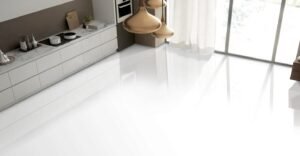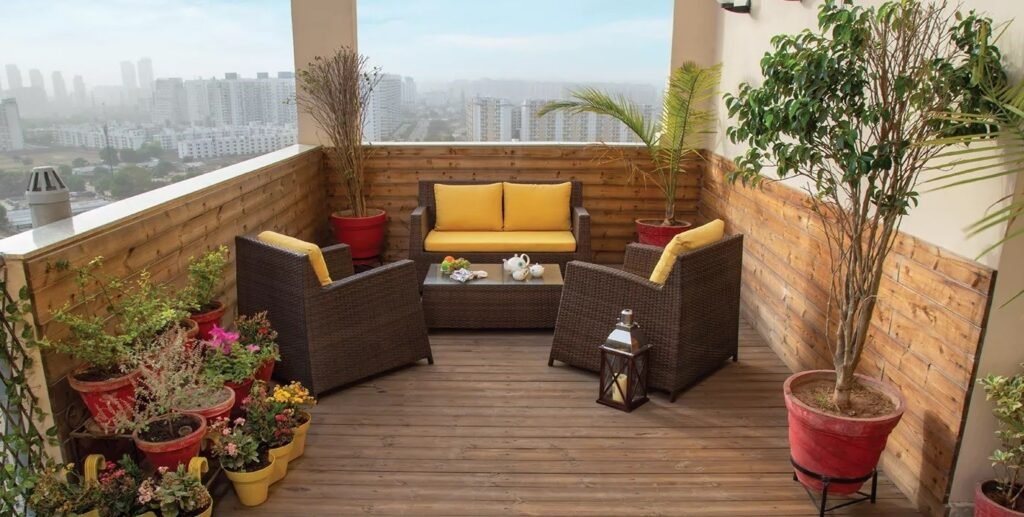Artistic mosaic will perfectly decorate the interior of a private home, not for nothing this art form has passed the tests for centuries and has not “sunk into oblivion” like some other methods of home decoration. Today, mosaics are made of marble, glass, porcelain stoneware and even metal, and artistic panels in Florentine and Roman techniques are all the rage.

Beauty, resistance to mechanical and chemical influences make mosaics ideal for decorating bathrooms, hallways, pools and hallways. Today, modern technologies make it possible to design almost any pattern with a mosaic: from Raphael’s canvas to a photograph of his beloved cat. First, the image is digitized on a computer, then, using a special program, it is converted into a scheme, on the basis of which the drawing will be presented. Also, for each of the elements, an ideal color scheme will be selected. For placement, both large tiles can be used to create the main pattern and small details to show smooth color transitions.
Glass mosaic is good because it is used for both indoor and outdoor work, enduring severe frost and heat stress in the heat. This material is absolutely waterproof, so it is suitable for both the bathroom and the pool, and you can even lay the vitrified floor tiles with it, since the glass parts are very resistant to abrasion. It is very easy to keep clean, since the mosaic is not afraid of the effects of cleaning agents. And in a couple of decades, a decorative glass mosaic panel will not lose its shine and luster.
It is produced in the form of a standard tile, the size of which can be 10×10 or 20×20 millimeters. If you want to design a large area with a mosaic of the same color, a special mesh with an adhesive base is used, to which the pieces are attached. Once the panel is finished, the mesh is removed and the mosaic seams are rubbed. Due to their small size, glass mosaics are suitable for cladding rounded surfaces.
Ceramic granite mosaic appeared relatively recently in India. Most of the time it is used for flooring, but there are also wall options. Among the advantages of this material is frost resistance, as well as increased resistance to alkalis and acids, which is why it began to be actively used to decorate summer cafes, floors in corridors of administrative buildings, shopping centers and offices. Porcelain stoneware does not lose color when exposed to ultraviolet radiation.
Sharp stilettos will not harm it as it outperforms natural stone in mechanical strength, even large tiles have a uniform color throughout the area. The color gamut is also superior to natural stone, so you can make panels in any pattern. The size of porcelain stoneware tiles can vary from 3×3 to 120×180 centimeters with a thickness of 8 millimeters to 3 centimeters. Manufacturers produce porcelain stoneware in four degrees of processing: polished glazed porcelain tiles, unpolished, semi-polished and satin. And everyone who has ever visited local art or history museums has heard of the merits of marble mosaics. This material was used in the ancient era, and since then it has not lost its relevance. True, it requires careful handling and careful maintenance.
READ MORE: Top 5 Best Places to Visit Around Mumbai!






